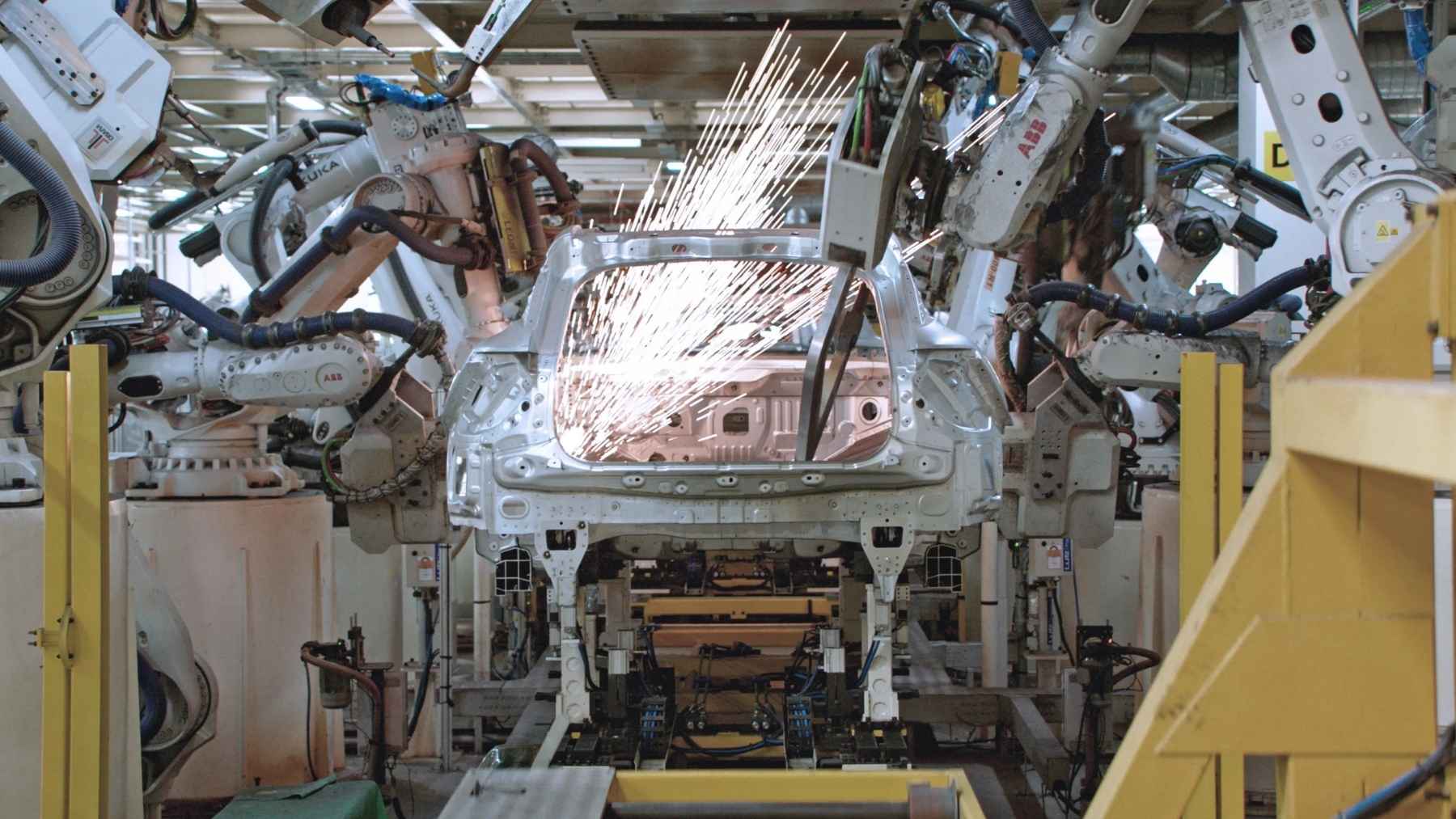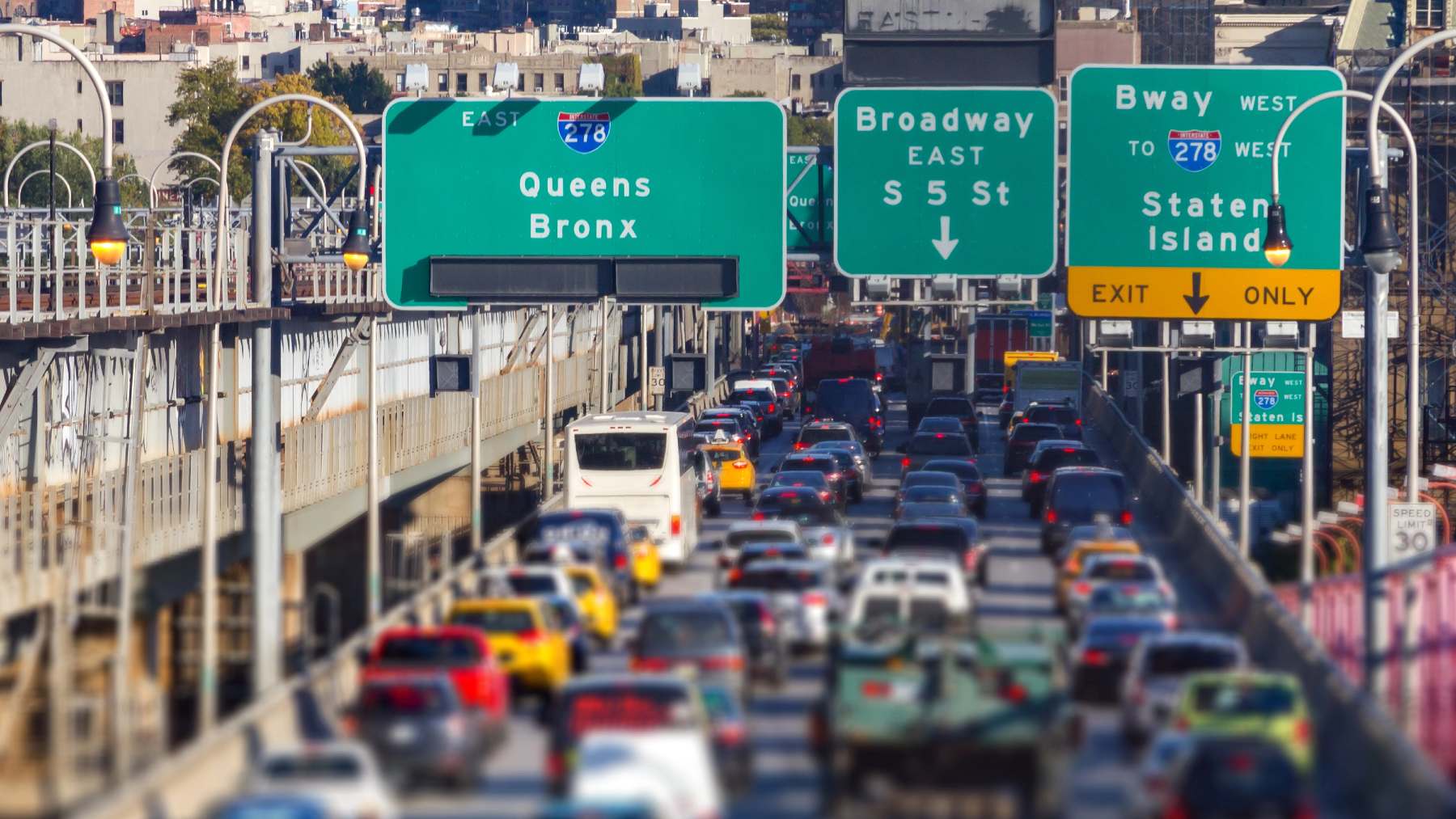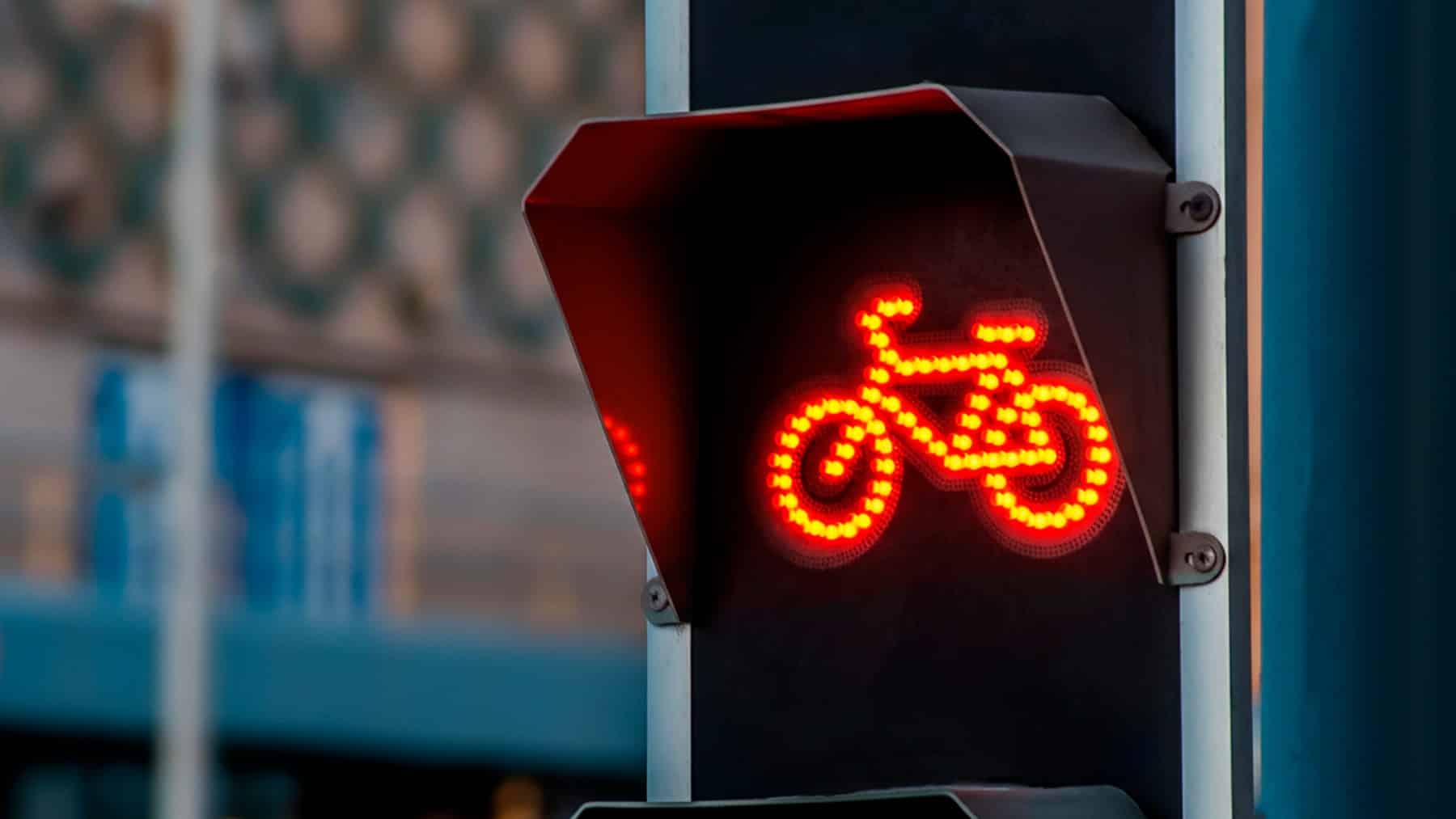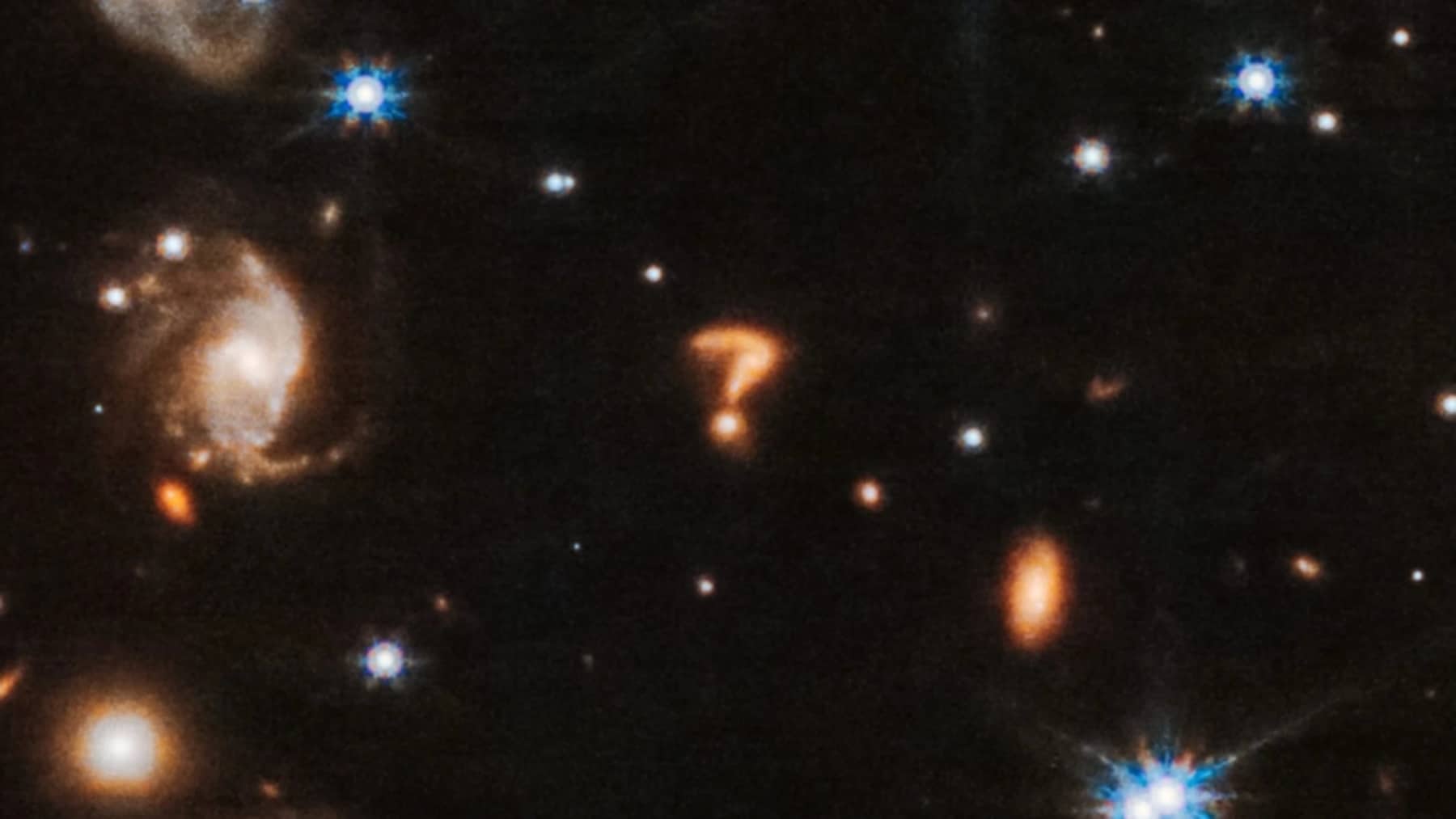If you are a Mazda driver, the most recent recall of over 12,000 Mazda vehicles could very well affect you. The reason why Mazda is recalling some of its vehicles is due to a vital software flaw in the traction and stability control systems. Due to the software flaw, the dashboard warning lights do not activate in cases where the driver could be losing control of the vehicle, and is thus seen as a safety hazard. Mazda owners will have to check their models, and if they are driving an affected model, they should head to their nearest Mazda dealership.
Understanding the key reason behind the recall
The recall was filed on June 3, 2025, by Mazda North American Operations in association with the National Highway Traffic Safety Administration (NHTSA). The reason behind the recall was due to a software programming error identified in the Dynamic Stability Control (DSC) unit. A core problem seemed to be that the lights of the traction-control and stability-control systems failed to illuminate despite aggressive road conditions. The fact that the lights fail to illuminate could prove to be rather dangerous on very slippery roads.
The DSC played a core function of ensuring the car was able to handle both oversteer and understeer conditions. If the problem with the lack of warning lights persists, drivers will not know their safety systems are not properly engaging, and an accident could occur. It is merely the DSC software that is flawed, whereas the hardware functions perfectly.
The problem with the software diagnostic programming can be blamed on the modules supplied by Bosch Corporation’s Japanese division. This software flaw was identified while testing earlier in 2025, and after that, all production of the affected vehicle models were stopped so as to deal with the flaw first.
How should Mazda drivers react?
Not every Mazda model is affected; however, Mazda is offering an entire software update to resolve the issue. The corrected software version of the DSC module will be uploaded. While the software upgrade will not take too long, the entire process hinges on whether the tools are available at the time of scheduling or as per each dealer’s own scheduling possibilities.
Drivers should be patient, as Mazda has issued a statement stating the fix will be done in phases, as not all dealers have the necessary tools. Full viability of the required tools can be assured by the second quarter of 2026. First “No Parts available” messages will go out by July 21, 2025, and thereafter, Mazda drivers will receive notification pertaining to the fixing of the problem.
Thankfully, the fix can be phased in more steadily, as thus far there have been no reports of crashes or any fatal injuries. Mazda is not the only well-known brand to recall so many of its vehicles; Ford, too, recalled over 1,000,000 of its cars.
Looking at the affected models
There are about 12,244 units of the MX-5 Miata that were manufactured between December 19, 2023, and February 28, 2025, that are being recalled. Both of this model’s body styles have been included in this recall: the classic roadster and the retractable fastback (RF). All vehicles sold throughout the U.S. and all trim levels are being recalled, including Sport, Club, Grand Touring, and the special 35th Anniversary Edition.
In a nutshell, the affected models are the:
- 2024 MX-5 Miata (Roadster and RF)
- 2025 MX-5 Miata (Roadster and RF)
All of these recalled vehicles had been assembled at Mazda’s Hiroshima plant in Japan, and all of these vehicles could have this software flaw if they were not produced after March 6, 2025. Mazda owners can check if their model is affected by using their vehicle identification number (VIN) on the NHTSA’s recall website or by simply getting in touch with their local Mazda dealer. Mazda already said goodbye to its rotary engine; here’s hoping Mazda does not have to say goodbye to its sales, too.
Disclaimer: For more information about this recall, check the report 25V-336 from the National Highway Traffic Safety Administration.














